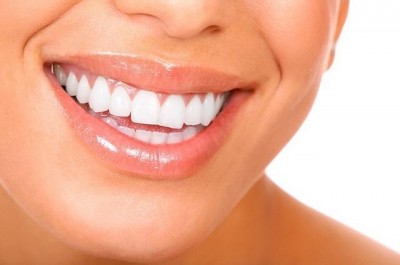What is Teeth Bleaching?
Published:November 23rd, 2011Teeth bleaching is a term which is used whenever teeth whitening products contain bleach. A teeth whitening treatment can only be called a bleaching treatment when teeth are able to be whitened beyond their natural colour, and typically applies to products which contain either carbamide peroxide or hydrogen peroxide as their active ingredients.
What Is the Difference between Teeth Bleaching and Teeth Whitening?
It can sometimes be difficult to differentiate between bleaching and whitening, but bleaching is different from teeth whitening, as a teeth whitening treatment only has to restore teeth to their natural colour through removing surface stains and any dirt. Teeth naturally darken as we age so teeth whitening may not produce the desired results. Somewhat confusingly teeth bleaching is often referred to as teeth whitening so it is worth reading the product description to see exactly what the active ingredients are.
Teeth bleaching is an extremely popular option as the effect can be to lighten teeth several shades beyond their natural colour. The concentration of bleach used depends on where the treatment is carried out, as the bleaching solution used in dental offices are considerably stronger than those contained in a home teeth bleaching kit. There is a good reason for this, as a stronger solution of bleach as to be carefully applied avoiding contact with the delicate gum tissue. If the treatment is performed in a dental surgery the application can be carefully monitored and the efficacy of the product is often be enhanced through use of a light or heat source as this activates the solution into releasing more peroxide.
Using Home Teeth Bleaching Kits
Home teeth whitening kits generally contain tubes of bleaching gel and rubber mouth trays, allowing you to squeeze the gel into the mouth trays before placing them over your teeth and leaving them for the specified time in the directions. You may find certain teeth whitening kits contain a higher percentage of active ingredients than others, but if you have not breached your teeth before it could be worth sticking to a weaker solution.
The reason for this is because teeth bleaching can sometimes bring about unwanted side effects which include sensitivity to hot and cold foods and liquids, tender gums and white patches on the gums and a sore throat. These side effects should be temporary, and you should always contact your dental surgery if they last longer than a few days.
Visit Your Dentist before Using a Bleaching Kit
The best way to alleviate the risk of developing these side effects is to visit your dentist prior to carrying out a home whitening treatment as they will be able to assess whether or not you are a suitable candidate to have your teeth bleached. Bleaching agents aren’t always effective on certain types of stains, and if you have any issues with your gums and teeth such as gum disease or cavities then these problems will need sorting out before you can safely proceed with a teeth bleaching treatment.
Bleaching cannot whiten porcelain veneers, crowns or bridges as the porcelain is impervious to bleach. The effect of bleaching your teeth can last for quite some time, provided you avoid certain foods. However you are likely to need a touch-up every six months or a year.



Write a Comment of What is Teeth Bleaching?